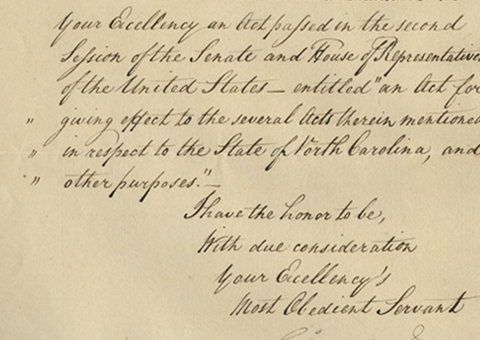SOLD Original Signed Oil Painting of Douglas MacArthur in 1942

He signed this upon his appointment as Supreme Commander, South West Pacific Theater in World War II.
The Japanese attacked the Philippine Islands just after Pearl Harbor. By March 1942, the American position had become so untenable that President Franklin D. Roosevelt ordered General Douglas MacArthur, the U.S. commander there, to evacuate to Australia. MacArthur reluctantly agreed to do so.
After a harrowing escape, on March 17 the...
The Japanese attacked the Philippine Islands just after Pearl Harbor. By March 1942, the American position had become so untenable that President Franklin D. Roosevelt ordered General Douglas MacArthur, the U.S. commander there, to evacuate to Australia. MacArthur reluctantly agreed to do so.
After a harrowing escape, on March 17 the general arrived in northern Australia. Taking a circuitous route through Adelaide, MacArthur reached Melbourne’s Spencer Street Station on March 22. MacArthur and his party travelled to the Menzies Hotel in a limousine where they occupied the entire 6th floor. He then established his headquarters at a nearby office building, his staff working frantically to turn the hurriedly emptied structure into an operational HQ (commandeered furniture and typewriters from a variety of locations). MacArthur become the Supreme Commander of the South West Pacific Area Theater on April 18, 1942. He remained in Melbourne directing operations until July 20, when his headquarters was transferred to Brisbane.
A 14 by 19 1/2 inch original oil portrait by Ali showing MacArthur in uniform, signed by the artist, and signed and dated “April 1942” by MacArthur. This is the first signed portrait of MacArthur during World War II that we can recall seeing, and considering the date, was likely commissioned to commemorate his promotion to Supreme Commander.

Frame, Display, Preserve
Each frame is custom constructed, using only proper museum archival materials. This includes:The finest frames, tailored to match the document you have chosen. These can period style, antiqued, gilded, wood, etc. Fabric mats, including silk and satin, as well as museum mat board with hand painted bevels. Attachment of the document to the matting to ensure its protection. This "hinging" is done according to archival standards. Protective "glass," or Tru Vue Optium Acrylic glazing, which is shatter resistant, 99% UV protective, and anti-reflective. You benefit from our decades of experience in designing and creating beautiful, compelling, and protective framed historical documents.
Learn more about our Framing Services









































































































